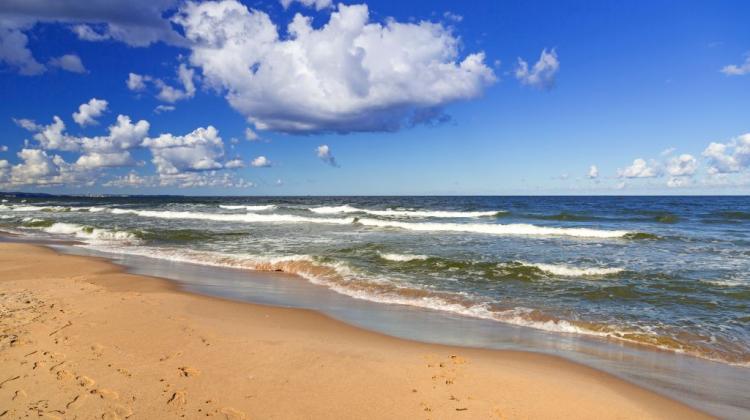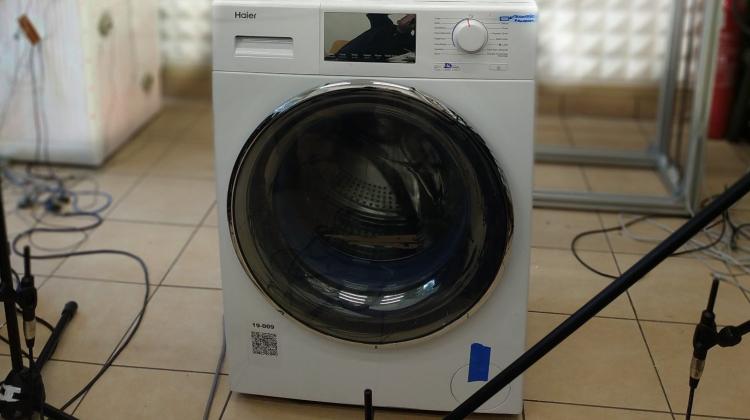Scientists are preparing a noise level map of the Baltic
 Fot. - Fotolia
Fot. - Fotolia
The study, on the basis of which a noise level map of the Baltic will be created, will continue until the end of the year. Data are collected by 40 probes placed in several locations in the basin. Scientists from six countries, including Poland, are hoping that it will help protect marine life from the effects of underwater noise.
The probes were placed in the waters of the Baltic Sea off the coast of Sweden, Denmark, Poland, Germany, Estonia and Finland. Each country deployed 4 to 10 devices: Poland has deployed five along its shore. The probes were placed at the depth from a few to to 90 meters, and their location was chosen to provide the fullest possible information on the noise in the entire basin.
The devices became operational on 1 January and will continue to operate until the last day of December. Obtained data will show the noise situation in the Baltic Sea during the year.
In parallel with the registration of underwater sounds, throughout the year 2014 the project authors also collect the current marine traffic data, because ships are the main source of underwater noise. They collect information on the type and size of the vessels, their speed, etc.
The collected data will be used to map noise in the Baltic Sea. It will show the sound level distribution in different areas of the basin, depending on marine traffic.
In addition to the maps presenting the situation in 2014, the researchers will also create a computer program that will be able to estimate, with a high degree of accuracy, the noise generated in the Baltic at any hypothetical vessel traffic.
"The continuous, ongoing monitoring of underwater noise is expensive, and after fereding the program with information about the current vessel traffic in the Baltic Sea, we will obtain approximate but reliable information on the sound intensity at a given time in a given place" - told PAP Dr. Jarosław Tęgowski of Marine Geology Department of the University of Gdańsk, who, together with the employees of the UG Marine Station in Hel, coordinates the Polish part of the underwater noise project.
Tęgowski explained that both the map and the software will be good tools for environmental protection specialists. "Since the end of World War II, the noise level in seas and oceans has increased significantly: it has been proven by preliminary studies carried out by many institutions. Meanwhile, the sea-dwelling organisms are very sensitive to noise, and underwater the sound spreads much further and with much greater force than in the air" - Tęgowski told PAP.
He added that because of the limited visibility in the murky sea water, in the course of evolution many marine creatures developed the ability to use sound to locate objects, including the acquisition of food. "Some marine mammals use biological equivalent of sonar: they send sounds that are reflected by objects (like fish), and when returning reveal their position. Man-made noise confuses these animals, sometimes depriving them of food" - explained Tęgowski.
Work on the preparation of the map and software used to calculate the level of underwater noise will continue until mid-2016. "Processing terabytes of data from underwater measurements will take many months. Today, based on random data which we have reviewed, I can say that the noise level in the Baltic Sea is really high" - said Tęgowski.
He added that the collection of information on underwater noise was not without problems. "Sweden lost two probes, and a trawl caught on one of our devices, resulting in lost data from one month" - Tęgowski explained, adding that luckily these losses will not affect the quality of the results.
International underwater noise research project is called BIAS (Baltic Sea Information on Acoustic Soundscape). The project is funded by the European Union, and in Poland also by the National Fund for Environmental Protection and Water Management.
PAP - Science and Scholarship in Poland
aks/ mhr/ zan/
tr. RL
Przed dodaniem komentarza prosimy o zapoznanie z Regulaminem forum serwisu Nauka w Polsce.


















